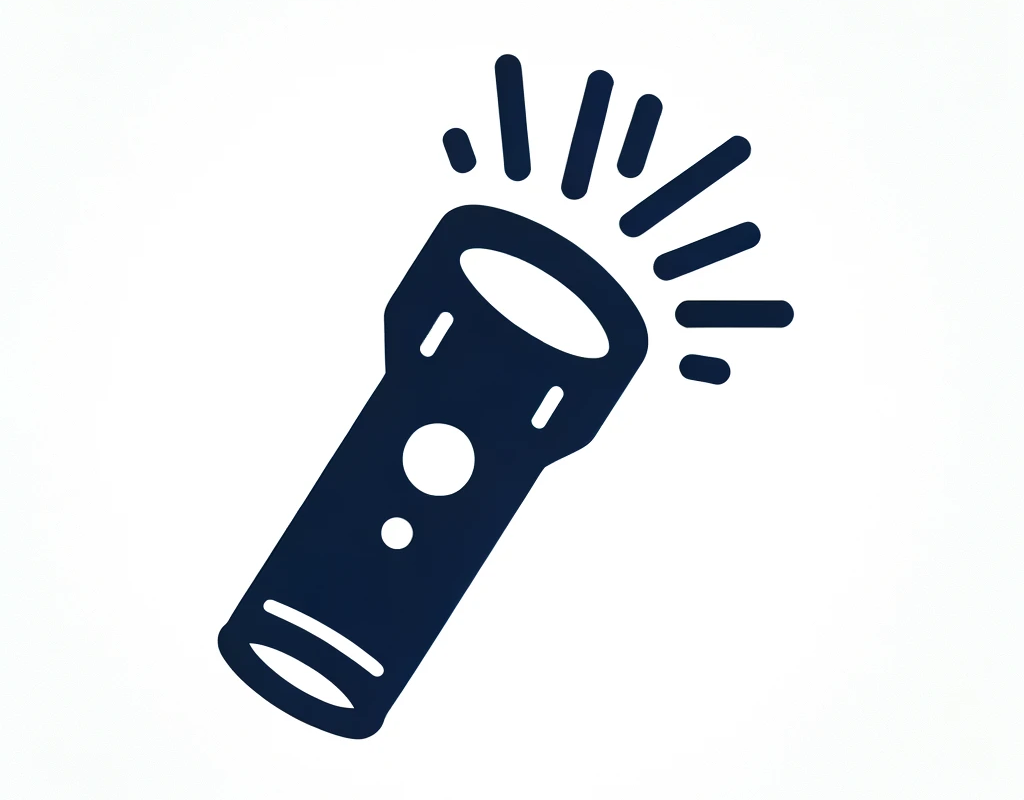Shutter speed is a fundamental aspect of photography, profoundly influencing the outcome of your images. It's the length of time the camera's sensor is exposed to light. By manipulating shutter speed, photographers can create a range of effects, from freezing action to blurring motion.
Freezing Motion: Fast shutter speeds are crucial for freezing motion. Ideal for sports or wildlife photography, they ensure sharp, clear images even with fast-moving subjects. A speed of 1/500th of a second or faster is typically recommended.
Blurring Motion: Slow shutter speeds create a sense of motion. This technique is used in waterfall photography, where a slow shutter speed, like 1/15th of a second, blurs the water, conveying movement and fluidity.
Low Light Photography: In low light conditions, a slow shutter speed allows more light to reach the sensor, brightening the image. However, it requires a steady hand or a tripod to avoid blur from camera shake.
Creative Effects: Shutter speed also allows for creative effects. Panning, where the camera is moved along with the subject, can create a sharp subject against a blurred background. Long exposures can turn night scenes into beautifully lit landscapes or turn car lights into long streaks.
Camera Shake and Focal Length: A general rule to avoid camera shake is to use a shutter speed faster than the reciprocal of the lens's focal length. For instance, with a 50mm lens, shoot faster than 1/50th of a second.
Understanding and effectively using shutter speed can transform your photography. It's not just about exposure, but about using time as a creative element in your images. Whether freezing a moment in time or capturing the flow of a waterfall, mastering shutter speed opens a world of possibilities.











